Premium Gas Won't Give Your Car More Power...Or Will It?
Gasoline marketing strategies are problematic, at best, when it comes to figuring out what ‘grade’ of fuel you should be running in your car.
With terms like ‘Regular,’ ‘Super,’ ‘Premium’ and even ‘V-Power’ being thrown into the mix, gas stations wage a subtle campaign to get you to pay for more expensive fuel than your vehicle probably needs. After all, you love your car, don’t you? Why wouldn’t you want it to drink the most ‘Super’ gasoline it can find?
Knock, Knock
Regardless of how they might be labeled, for the most part, gas stations across the country feature gasoline that is tiered by octane rating, usually from 87 at the low end to 94 on the top end (with farm-friendly regions also offering 85 for agricultural equipment). These numbers have nothing to do with the quality or purity of a particular blend of gasoline. All they represent is how effectively a formulation of fuel resists something called ‘knock,’ or detonation, which occurs when gas ignites inside an engine cylinder before the spark plug has a chance to fire. Lower octane ratings have a lower resistance to knock, higher ratings the opposite.
What does this mean to the average driver? Once upon a time, not much. Simply match the number in your owner’s manual with the number on the pump, and you’d get the best mix of performance and efficiency from your vehicle. No fuss, no muss. If your car was designed to run on good old ‘regular’ 87 octane, there was no benefit to be found putting in anything higher. Any talk about ‘premium’ somehow providing better mileage, keeping engines cleaner, or producing more horsepower could be dismissed out of hand, because in order for any of that to be true, an engine would have to have been designed specifically to take advantage of that extra knock resistance.
Enter The Turbo
The funny thing about conventional wisdom, however, is that technology has a way of rendering it a confusing, muddled mess. The first crack in the wall of established opinion came courtesy of early adaptive ECUs, the computer brains that control modern engines.
From the 90s onward, a small sliver of the sports car and luxury market began taking a stab at running multiple fuel maps and ignition timings, based on the idea that the system could detect whether high octane fuel was being used and then advance timing and fuel delivery to match. The gains were modest but presented a way for one company to differentiate itself from another and boast a slightly higher output number in advertising (attached to an asterisk, of course, that explained the need for 91 octane to achieve the posted figures).
Then, less than a decade ago, the turbo revolution happened – and in a big way. No longer relegated to the engine bays of high-performance rides, turbochargers instead began to crop up in pickups, compacts, and crossovers as automakers tried their best to leverage the fuel-sipping ways of small-displacement engines with the power promise of turbochargers that could kick in when extra grunt was needed.
Suddenly, adaptive ECUs had an entirely new set of parameters to play with – and a lot more potential to exploit. Remember earlier when we mentioned ‘knock resistance?’ It turns out that turbochargers respond really, really well to the use of ‘premium’ fuel because it allows them to turn up the boost without worry about detonation. The better the knock resistance, or octane rating of the gasoline that is used, the more boost can be safely run in a given engine, and the more power produced.
With this in mind, car companies were able to get creative with turbocharged designs that ran just fine on ‘regular’ but were able to deliver substantially more horsepower and torque if 91 octane or better made its way into the tank. A perfect example is the 2018 Mazda 6 – when its turbo engine is specified, it delivers 227 horsepower on 87 octane and 250 horsepower on 91. This leaves it up to owners to decide whether they want to pay extra when filling up to enjoy better acceleration or instead stick with a more affordable fuel bill each and every month.
See Also: 2018 Mazda6 Review and Video
What does this mean for your next trip to the pump? Not much more than opening up your owner’s manual and doing a more thorough reading of what your vehicle has to offer you. If you own a turbocharged car or truck, there’s a chance you’re leaving at least a little performance on the table if you choose 87 over 91 octane gasoline, and it’s worth looking into to know for sure.
Just remember that it’s engineers, not marketers, who gave you that extra power.
More by Benjamin Hunting



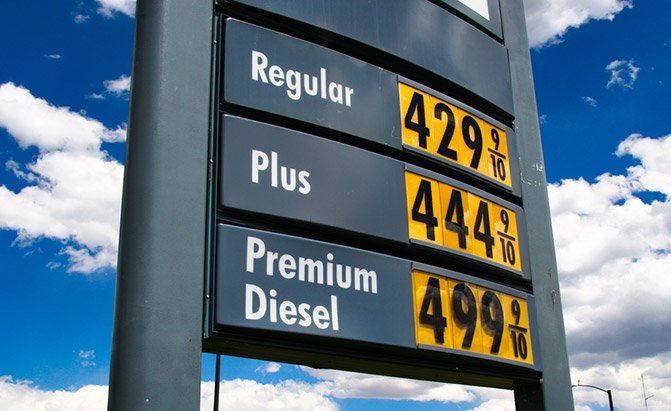

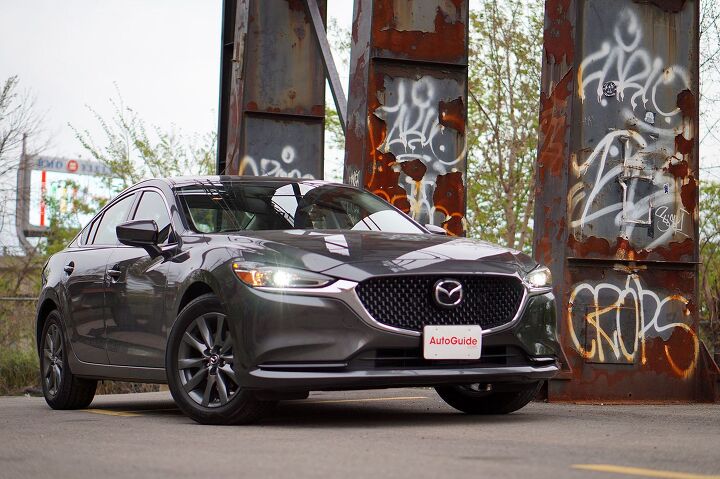

















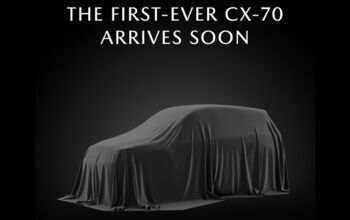
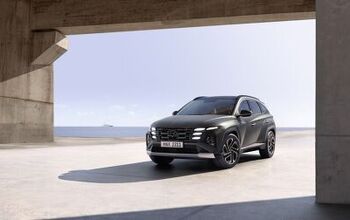



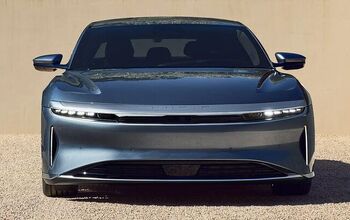

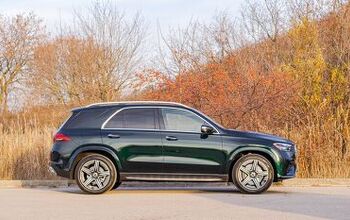
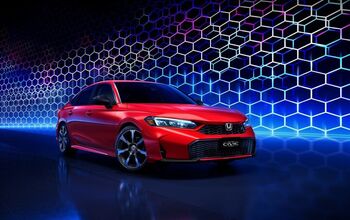

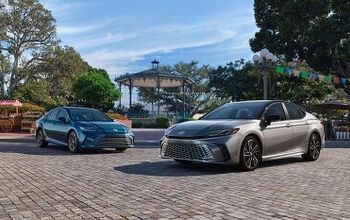
Comments
Join the conversation
I drive a 2006 VW Jetta GLI 2.0 Turbo. This is a non issue for me, it only cost me an additional $246 to use premium fuel to go 15,000 miles. I am sure I will spend way more on coffee over the next 15,000 miles. LOL!
I'm no expert. But I have owned three Toyota 4Runners, all with V6 engines, all driven in the hills and used for light towing. All three "run" better with "high test" or premium gas. They pull smoother and rattle and knock less. Say what you want but I run them 200k before trading to the current model I can only go by the seat of my pants and time behind the wheel... but there is a difference, I have no doubt what so ever.